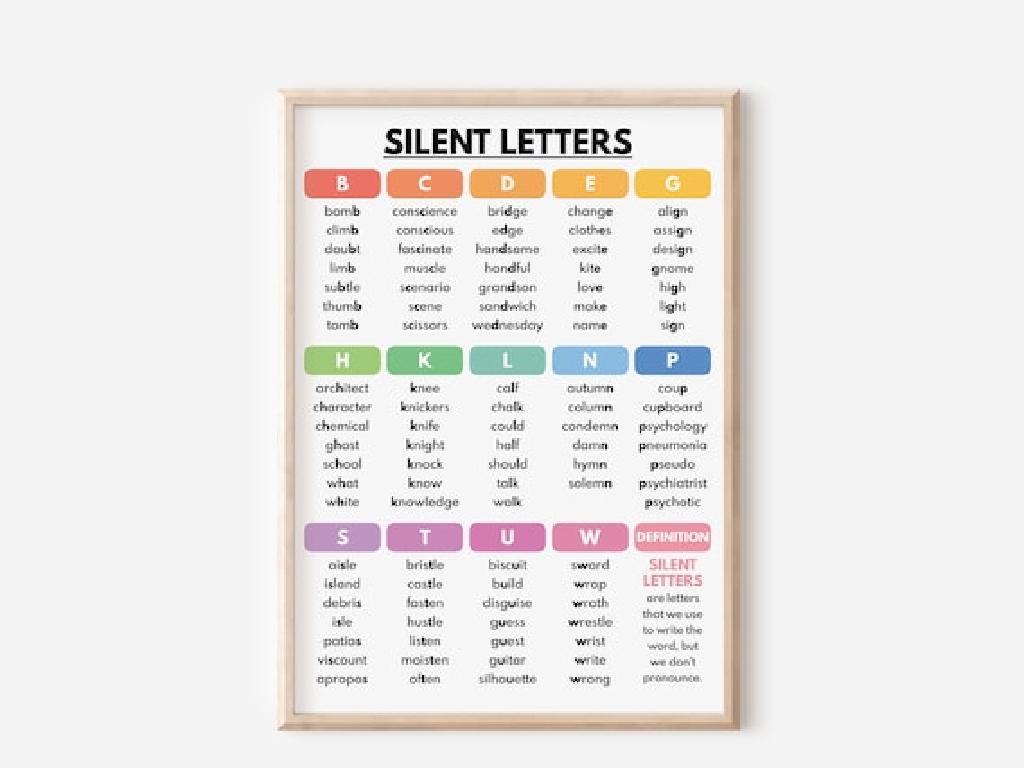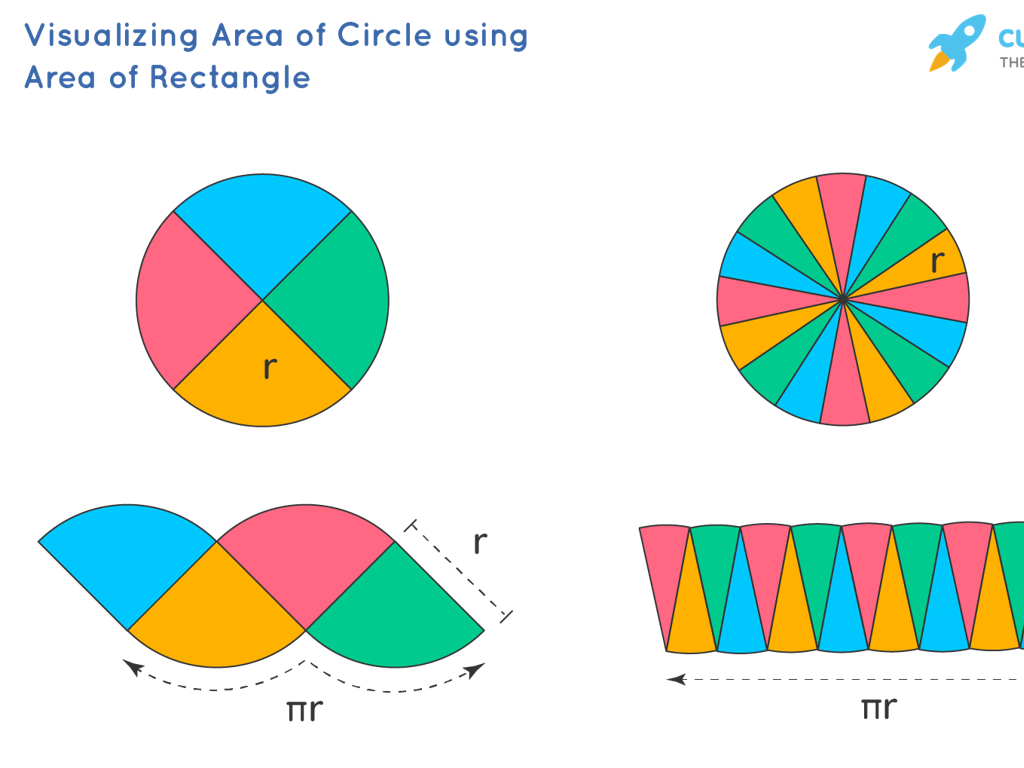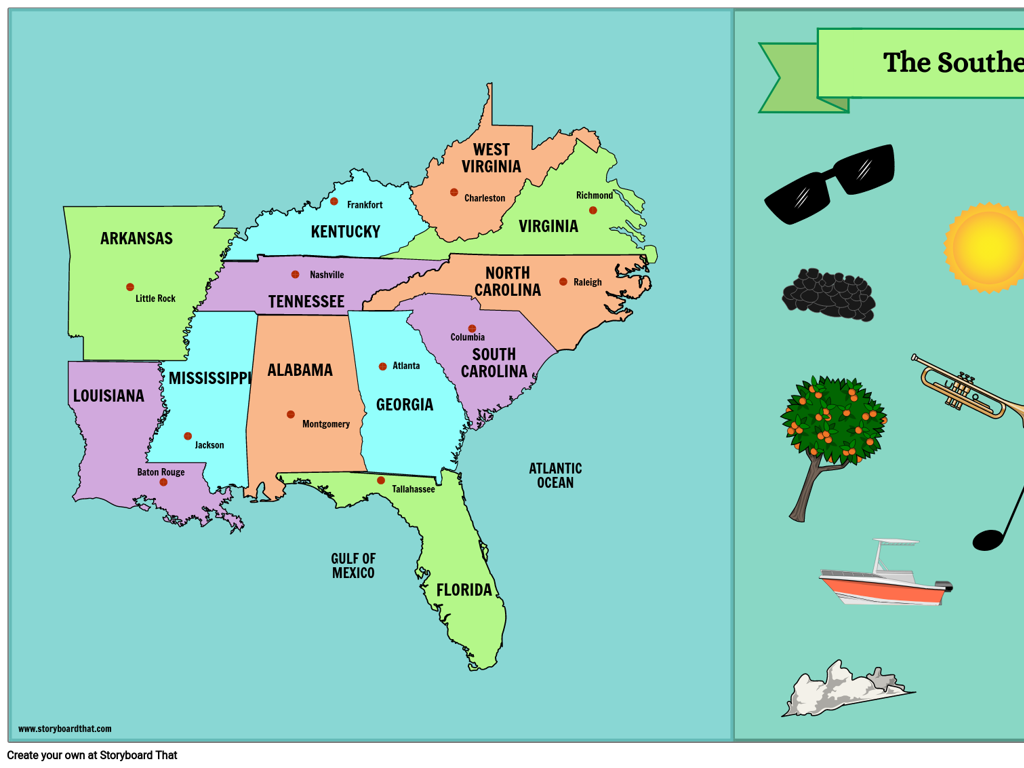Volume Of Cubes And Rectangular Prisms: Word Problems
Subject: Math
Grade: Seventh grade
Topic: Surface Area And Volume
Please LOG IN to download the presentation. Access is available to registered users only.
View More Content
Introduction to Volume: 3D Shapes
– Understanding volume in 3D
– Volume measures space inside a 3D shape, like water in a pool.
– Surface area vs. volume
– Surface area is the skin; volume is the space inside.
– Real-life volume applications
– Used in filling pools, packaging, construction.
– Volume calculation practice
|
This slide introduces the concept of volume as it pertains to three-dimensional shapes, which is a measure of the space contained within an object. It’s crucial to differentiate between surface area, which is the total area of all the surfaces of a three-dimensional object, and volume, which is the capacity of the space inside the object. Real-life applications of volume include tasks such as determining the amount of water needed to fill a swimming pool or the amount of space available in a box for packing. Encourage students to think of examples from their daily lives that involve volume. Conclude with practice problems to solidify their understanding of how to calculate the volume of cubes and rectangular prisms.
Volume of a Cube: Dive into 3D Geometry
– Cube volume formula: V = s^3
– Finding the cube’s side length
– Measure one side to find ‘s’ for the formula
– Example: side length of 5 units
– A cube with a side length of 5 units
– Calculate volume for s = 5 units
– Volume = 5^3 = 125 cubic units
|
This slide introduces the concept of volume for cubes, a fundamental aspect of geometry in the seventh-grade curriculum. Start by explaining the volume formula V = s^3, where ‘s’ represents the side length of the cube. Emphasize that all sides of a cube are equal, which simplifies the process of finding the volume. Provide an example with a side length of 5 units to show how to apply the formula in a practical situation. Have students calculate the volume as 5^3, which equals 125 cubic units. Encourage students to practice with cubes of different sizes and to consider the real-life applications of calculating volume, such as determining the amount of space within a box.
Volume of Rectangular Prisms
– Volume formula: V = lwh
– Dimensions: length, width, height
– ‘l’ is how long, ‘w’ is how wide, ‘h’ is how tall the prism is
– Example: 4x3x2 prism volume
– Calculate volume: 4(length) x 3(width) x 2(height) = 24 cubic units
– Practice with different sizes
– Try calculating volume for prisms of various dimensions
|
This slide introduces the concept of volume for rectangular prisms, providing the formula V = lwh where l is length, w is width, and h is height. Emphasize the importance of understanding each dimension and its role in the formula. The example provided uses a 4x3x2 prism to show how to apply the formula in a simple context. Encourage students to practice with prisms of different sizes to solidify their understanding. In the next class, students can be asked to bring real-life examples of rectangular prisms and calculate their volumes as an activity.
Volume Word Problems: Cubes
– Read the problem carefully
– Understand what the problem is asking for
– Identify known variables
– Look for length, width, height, or volume
– Step-by-step solving
– Apply the formula V = l × w × h systematically
– Work through an example
– Example: Find the volume of a cube with sides of 3 inches
|
This slide is aimed at guiding students through the process of solving word problems involving the volume of cubes. Start by reading the problem thoroughly to understand what is being asked. Next, identify the known variables such as the length of a side, which may be directly given or implied. Teach students to solve the problem step-by-step, applying the volume formula V = l × w × h, where l, w, and h are the dimensions of the cube. As an example, calculate the volume of a cube with 3-inch sides, demonstrating the process: V = 3 in × 3 in × 3 in = 27 cubic inches. Encourage students to practice with additional problems and to explain their reasoning during the next class.
Volume Word Problems: Rectangular Prisms
– Understand the word problem
– Read carefully, identify length (l), width (w), and height (h)
– Apply the volume formula: V = lwh
– Remember, volume is how much space an object occupies
– Step-by-step example solution
– Example: Find the volume of a box 5m long, 3m wide, and 2m high
– Practice with different problems
|
This slide aims to guide students through solving word problems involving the volume of rectangular prisms. Start by breaking down the problem to understand what is being asked and identify the dimensions given. Emphasize the importance of the volume formula V = lwh, where V is volume, l is length, w is width, and h is height. Work through an example problem as a class, showing each step from reading the problem to writing down the known dimensions, applying the formula, and calculating the answer. Encourage students to visualize the problem and draw the prism if it helps. Conclude with practice problems of varying difficulty to reinforce the concept.
Volume Calculation Practice
– Calculate volumes individually
Use the formula V = lwh for rectangular prisms, V = s^3 for cubes
– Exchange problems with a partner
– Solve your partner’s problems
Check each other’s work for accuracy
– Discuss solutions as a class
Explain your method; learn from others
|
This slide is designed for an interactive class activity focused on calculating the volume of cubes and rectangular prisms. Students will start by working individually on problems to calculate volume, ensuring they understand the formulas: V = length × width × height for rectangular prisms and V = side^3 for cubes. Afterward, they will pair up to exchange problems with their classmates, which promotes peer learning and allows them to see different types of problems. Finally, the class will come together for a group discussion to share their solutions and the methods they used. This will help students learn from each other and clarify any misunderstandings. The teacher should circulate during the activities to provide guidance and ensure that students are on the right track. Possible activities could include calculating the volume of objects in the classroom, creating their own word problems, or using manipulatives to build shapes and calculate their volume.
Class Activity: Volume Construction
– Gather cubes and building blocks
– Construct your own structure
– Calculate the total volume
– Use the formula (length × width × height) for each part of your structure
– Present your findings to the class
– Explain how you calculated the volume and any challenges faced
|
This hands-on activity is designed to help students understand the concept of volume through a practical exercise. Provide students with cubes and building blocks to construct a 3D structure. Once the structure is built, they should calculate the total volume by finding the volume of each component and then summing them up. Encourage creativity in their constructions but also precision in their calculations. After completing the task, students will present their structure and explain their volume calculations to the class. This will reinforce their understanding and allow them to see a variety of approaches from their peers. Possible activities include building a simple rectangular prism, creating a complex structure using multiple shapes, or even challenging them to calculate the volume of irregular shapes by decomposing them into known shapes.
Wrapping Up: Volume Concepts & Homework
– Review volume calculation
Recall volume formulas for cubes and prisms
– Homework: Volume Problems
Complete the worksheet with diverse problems
– Practice is key to mastery
The more you practice, the better you’ll understand
– Bring questions next class
|
As we conclude today’s lesson on the volume of cubes and rectangular prisms, remind students of the key formulas and strategies for solving word problems. For homework, assign a worksheet that includes a variety of volume word problems to reinforce their learning. Emphasize the importance of practice in mastering mathematical concepts. Encourage students to attempt all problems and bring any questions they have to the next class for clarification. This will help them prepare for upcoming assessments and solidify their understanding of volume calculations.





